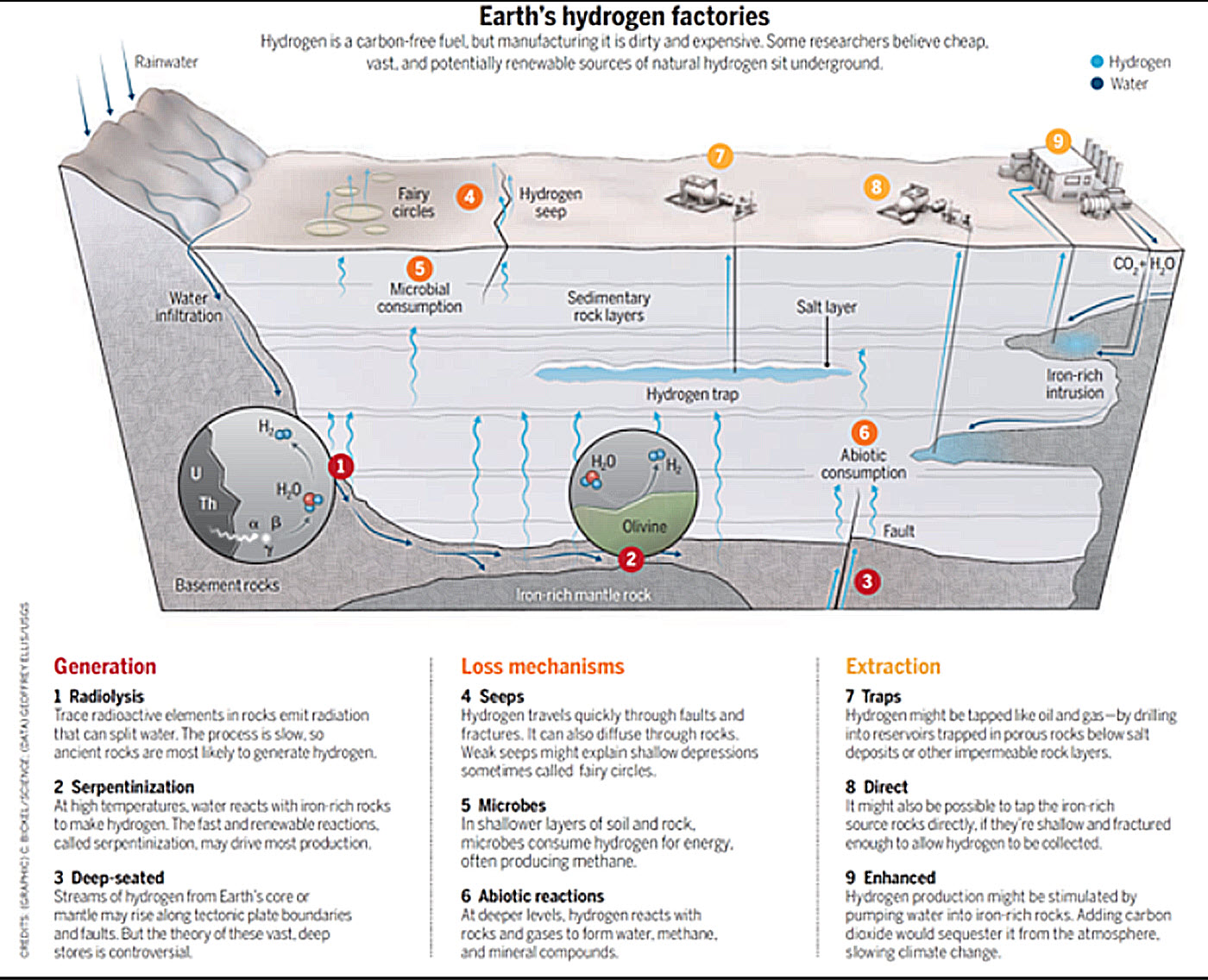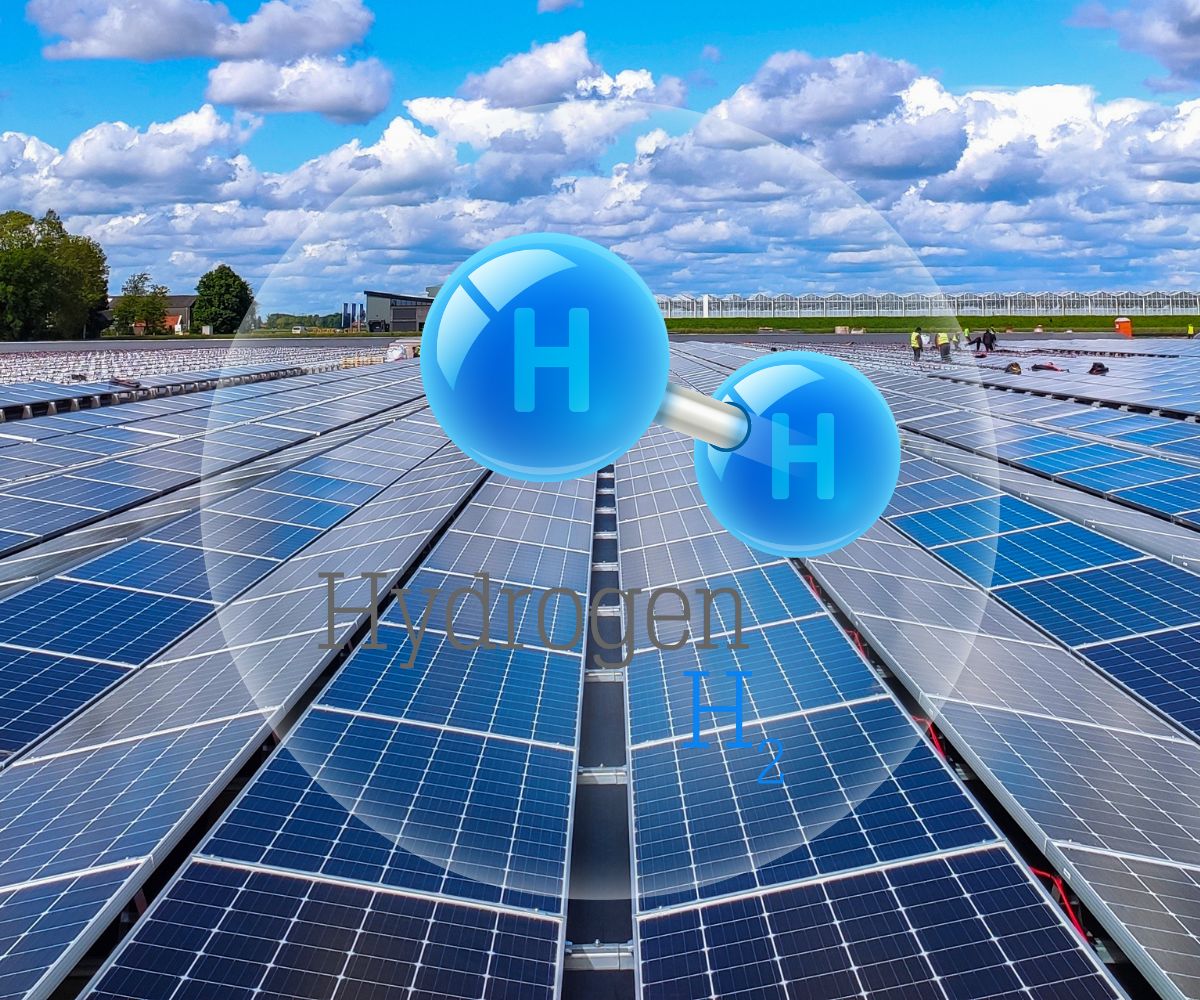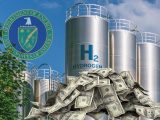
New Hydrogen Colors to Watch in 2024 and Why They Matter
March 17, 2024 0 By Julie CampbellH2 can be used carbon emission-free, but the way it is produced can make a difference
A few years ago, we published a list of the most common hydrogen colors on Hydrogen Fuel News. That said, since that time, the understanding and use of H2 has evolved, adding new shades to the list.
Categories of H2
Before getting started, it’s important to note that not everyone agrees that hydrogen colors are an important area to place a focus. There are, after all, many areas in which to categorize H2 and how it is produced. What those opposed to the use of various hues are mainly arguing is that the specific production method doesn’t matter. Instead, it is the carbon or greenhouse gas emission intensity that should be the focus of rating H2 production.
While this is true, others argue that creating large, general categories under the names of “clean” or “low-carbon” don’t provide as much information regarding factors outside of emission intensity but that also play an important role in making energy choices, such as cost. Until a better system is in place, hydrogen colors can be helpful in these areas.
There are a few hydrogen colors are already standing out in 2024
Though several new hydrogen colors have been identified since the end of 2021, when we published our educational piece on the main parts of the H2 spectrum, there are 3 that are already seeing regular mention in 2024 headlines.
Here are those shades and a brief description of what they mean. Naturally, there is enough information about each of these types to fill books, but the purpose of this list is to gain a brief understanding so you can keep up with some of the language used in recent news published online, and to simply become more familiar with some of these terms so you can look into them further if they are of interest to you.
Gold hydrogen
This is by far the standout shade of 2024 so far. It refers to naturally occurring deposits of the gas trapped underground in a way similar to how natural gas and oil deposits are found under the Earth’s surface.
This type of H2 is different from white in that white now typically refers to the gas when it is above the surface, such as in the atmosphere, but gold refers specifically to the gas found in underground deposits. While it was once believed that these do not exist, they are being discovered to an increasing degree in areas around the world.
As many H2 production methods involve the use of fossil fuels, are expensive, or both, these naturally occurring deposits could help to provide a cleaner, more affordable source of H2.
Yellow hydrogen
This color refers to the type of H2 produced using solar energy. Typically speaking, this means electrolysis powered by solar energy. While this does make it a branch of green H2 (made using electrolysis powered by renewable electricity), the increasing use of this specific type of electricity generation – particularly in oil-rich countries of the Middle East that are seeking ways to remain energy powers throughout the global transition away from fossil fuels – has made this specific term more popular.
Clear hydrogen
Though not yet a specific category on the list of hydrogen colors, clear H2 is a term popping up more frequently this year. It is being used by companies looking for a new designation for their clean methods of H2 production.
A prime example is Q Hydrogen, which uses proprietary technology to produce H2 in a way similar to electrolysis – in that it splits water molecules – but with far lower energy requirements. As a result, heat isn’t among the emissions produced using its method, differentiating it from more conventional green H2 production methods.
Hydrogen FAQ’s
Q1: What are hydrogen colors? A: Hydrogen colors are categories used to classify the production of hydrogen (H2) based on its carbon or greenhouse gas emission intensity. They provide a broad understanding of different production methods and can help in making informed energy choices.
Q2: Why are hydrogen colors important? A: While some argue that the focus should solely be on the emission intensity, others believe that hydrogen colors can provide additional information regarding other factors like cost, which also play a significant role in making energy choices.
Q3: What are the standout H2 colors in 2024? A: In 2024, the three standout hydrogen colors are gold, yellow, and clear hydrogen.
Q4: What is gold hydrogen? A: Gold hydrogen refers to naturally occurring deposits of H2 trapped underground, similar to natural gas and oil deposits. This could potentially provide a cleaner, more affordable source of H2 as many current production methods involve the use of fossil fuels or are expensive.
Q5: What is yellow hydrogen? A: Yellow hydrogen refers to H2 produced using solar energy, typically through electrolysis powered by solar energy. It is becoming increasingly popular, particularly in oil-rich countries in the Middle East transitioning away from fossil fuels.
Q6: What is clear hydrogen? A: Clear hydrogen is a term used to describe clean H2 production methods with lower energy requirements. For example, Q Hydrogen uses proprietary technology to produce H2 in a way similar to electrolysis but with far lower energy requirements, resulting in no heat emissions.
Q7: Are there any disagreements about the use of hydrogen colors? A: Yes, not everyone agrees on the importance of hydrogen colors. Some argue that the specific production method doesn’t matter and that the focus should be on the carbon or greenhouse gas emission intensity of H2 production.
Q8: Are there other factors to consider beyond emission intensity when choosing an energy source? A: Yes, while emission intensity is a crucial factor, other elements such as cost also play a significant role in making energy decisions. Therefore, understanding hydrogen colors can provide more comprehensive information for making these choices.
About The Author
Julie Campbell is a veteran news writer with a primary focus on hydrogen fuel and renewable energy, technology, health and wellness. Campbell has been the head of a freelance writing company since 2003...READ MORE



 With over 15 years of reporting hydrogen news, we are your premier source for the latest updates and insights in hydrogen and renewable energy.
With over 15 years of reporting hydrogen news, we are your premier source for the latest updates and insights in hydrogen and renewable energy.